For my upcycle project, I want to explore the aesthetic of realism. As the name implies, Realism is the attempt at making a piece of art look real. and true to its subject matter, with no speculation or deviation. While the Realism movement began in France in the 1840’s, specifically around the 1848 Revolution, it is a very popular form of art that has been present in many periods, and continues to be popular to this day. I would say that my personal art style is strongly rooted in realism, as I had many talented friends in high school who excelled in making realistic drawings/paintings, and this inspired me to start drawing. This is a big reason I have chosen realism to be my upcycle project aesthetic.
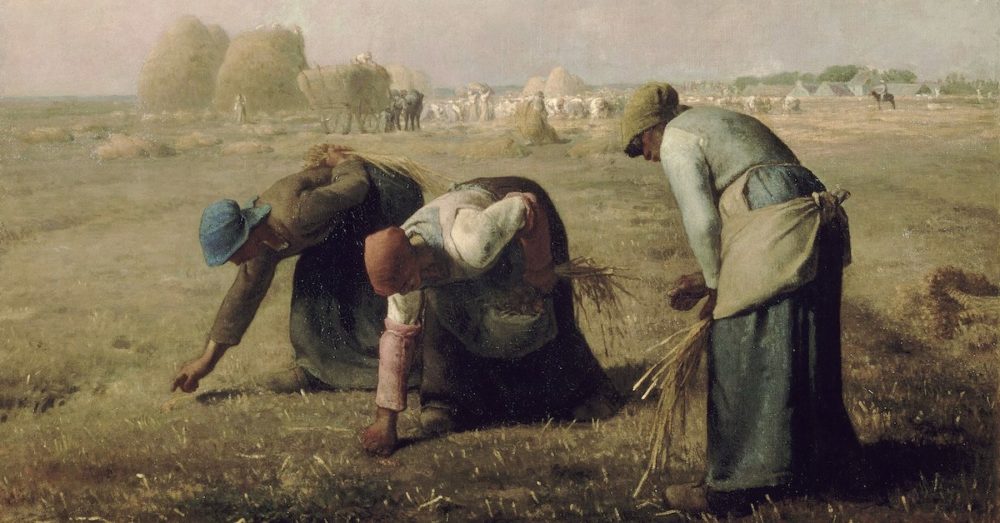
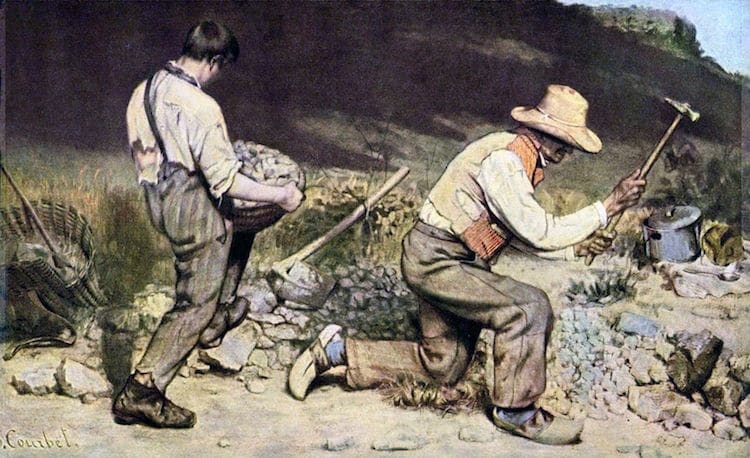
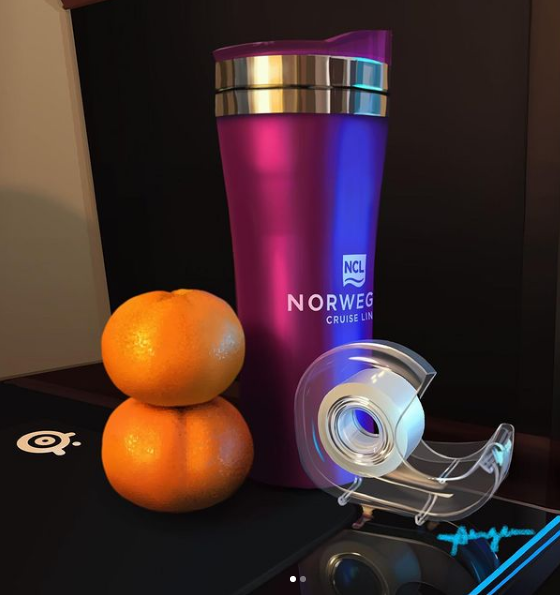
Left to Right: Jean-François Millet, “The Gleaners” (1857); Gustave Courbet, “The Stone Breakers” (1849); An incredible photorealistic painting by my friend, Angela Zhou
Another significant branch of realism, and the one I will be focusing on for this project, is sculpture. Sculpting can involve either the addition(modeling) or removal(carving) of material, usually being made of stone, wood, or ceramic. Since the dawn of Modernism, artists have vastly expanded the list of materials used in sculpture, including metals, plastics, food, and many different recycled materials, of which many will be seen in this class. Although there are many materials to choose from, I will be using cardboard for this project, as I have some experience making cardboard models, and I felt it would be a fitting aesthetic for my idea. Cardboard is not a novel material for sculpting, and is among the most popular recycled materials to use for this purpose, which can be seen with a simple google search for “cardboard models.”
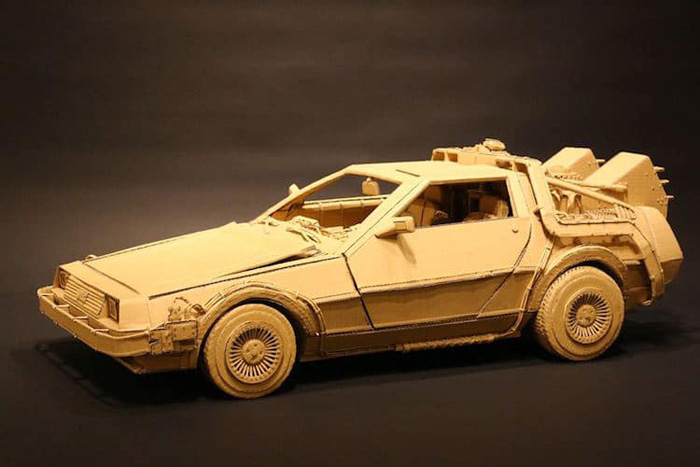
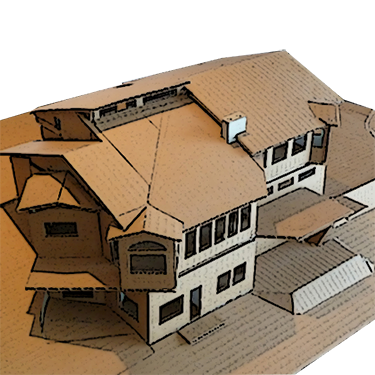
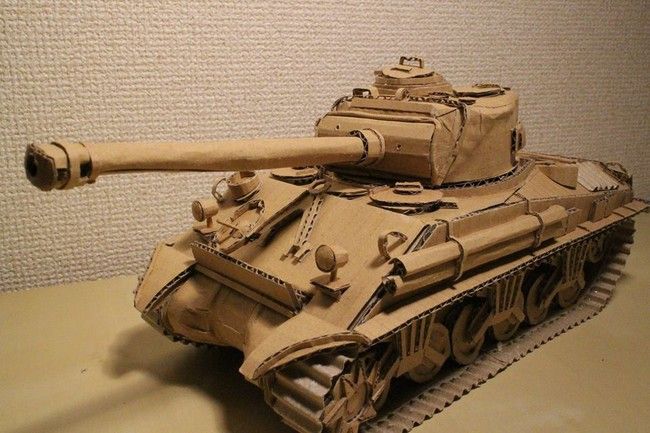
Left to Right: A cardboard DeLorean by artist Monami Ohno, A cardboard house used for architectural modeling, A cardboard tank
Looking at these images inspired my idea for the upcycle project, which is to create a Toyota AE86 out of cardboard. This project would combine both the realism aesthetic as well as drift aesthetic, which is what I wrote my first blog post on. In addition to accurately modeling the vehicle, I also plan on painting it in the style of the poster vehicle for Initial D, shown below.
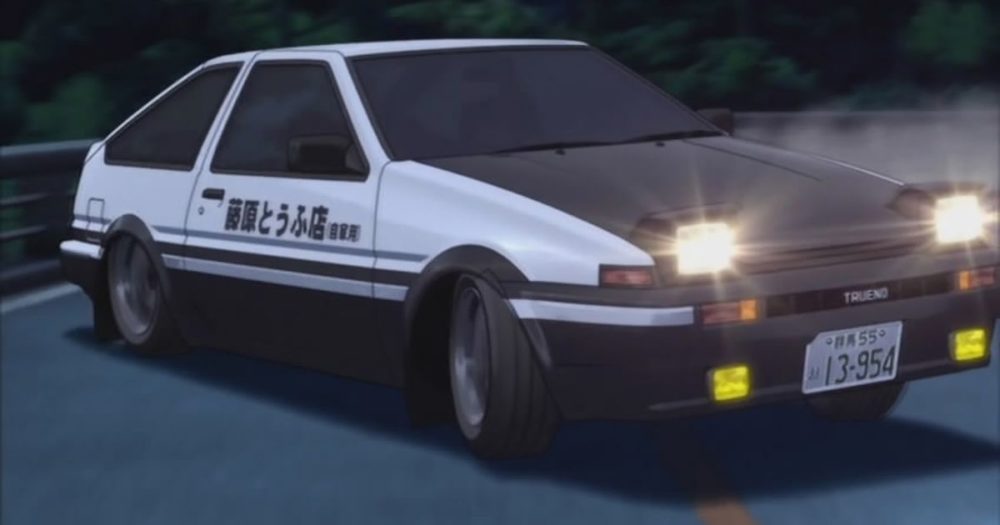

4 Comments. Leave new
Thomas,
This is a great idea! After looking at the Toyota AE86, it seems like the sharp angles in the front and rear bumpers and the unique headlight shape will be quite hard to precise by hand. Were you thinking of using a laser cutter and gluing the pieces together or just using a block of cardboard and sculpting the shape out that way? Are you thinking of painting the cardboard at the end? Are you planning on making any part of the car somewhat functional(like the wheels)?
Hey Sohan,
I am still debating whether I should get pieces laser cut, or whether I should make them myself. Getting them laser cut would definitely be more precise, but I’m not sure if it will make the project easier or harder over all. It is much harder to get a piece redone on the laser cutter, rather than just cutting it myself. Either way, I would definitely like to paint the finished project, in the same color scheme as the one in the post! If possible, I would like to make the wheels spin, and I want to make functional pop up headlights, although this may be out of my scope.
I like your idea to choose realism as your aesthetic for the upcycling project. Realism allows for the use of simple materials and processes. However, I believe that achieving high accuracy with details using cardboard may be a little hard. Are you planning on using a certain type of cardboard? What tools do you plan to use to achieve high detail and complex shapes?
Gary,
I definitely agree that it can be difficult to achieve high accuracy when cutting cardboard, and that is definitely something I have considered. The cardboard I am planning to use is simply from old carboard boxes, which makes it even more difficult to cut nicely, as it is corrugated. While I think this will be a challenge, I do have some experience hand cutting models out of corrugated cardboard, and I think it amplifies the upcycle effect. I don’t have any tools that are really meant for craft cutting, so I plan on using my butterfly knife to make the cuts. It sounds silly, but it is very sharp and actually cuts cardboard better than some box cutters!